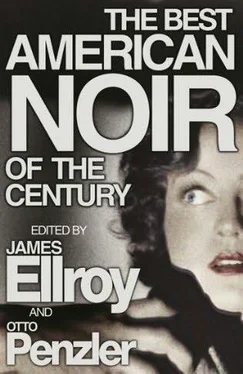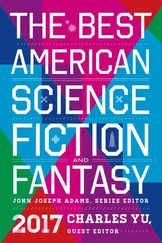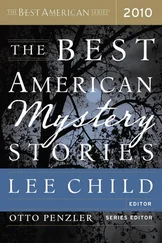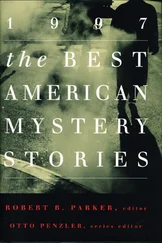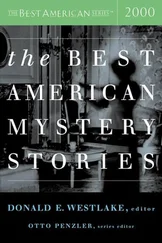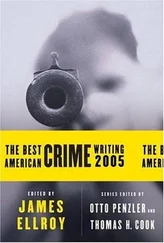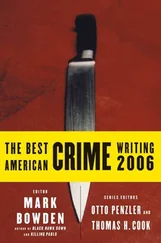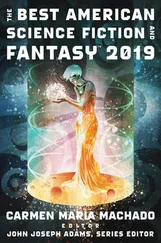Work went well. Some days I showed up early, on others left late. Gallagher one September morning informed me that if I thought I would be earning overtime pay I was mistaken, and he reacted with a smiling shrug when I told him my salary was more than fair. “You’re a good kid,” he concluded. And so I was, in that what he asked me to do I did, prompt and efficient. Players, it turned out, were more irresponsible and given to vandalism than I’d have assumed. Given the game had so much to do with disciplined timing, thoughtful strategy, a steady hand and eye, what were these broken putters and bashed fiberglass figures about? Perhaps I’d become an idealistic company man, but the extensive property damage Gallagher suffered seemed absurd. I helped him with repairs and thought to ask why he didn’t prosecute the offenders; we both knew who they were. Instead, I kept my concerns to myself, sensing subconsciously, as they say, it’s best not to call the kettle black. After all, Gallagher surely noticed my long absences within the precincts of the park and by mutual silence consented to them, so long as I got the work done.
In my years of wandering far larger landscapes than Bayside I had learned where the birds and beasts of the earth hide themselves against their enemies and how they go about imposing their will, however brief and measly it may be, on the world around them. All my nest hunts and shell meanderings served me well, though here what I collected thus far were fantasies. I can say I almost preferred the limitations of the park. Finding fresh places to hide was my own personal handicap, as it were. And since this was one of the old courses, ostentatious in the most wonderful way —a glorious exemplar of its kind —the possibilities seemed infinite. They weren’t, but I took advantage of what was feasible, and like the birds and crustaceans whose homes I used to collect, having none myself to speak of, I more or less moved into Bayside, establishing makeshift berths, stowing food and pop, wherever I secretly could. Like the hermit crab, I began to inhabit empty shells.
* * *
The girlfriend’s name was Penny. Penny for my thoughts. Thin, with sand-colored hair that fell straight down her back to her waist, she had a wry pale mouth, turned-up nose, and brown searching eyes, deep and almost tragic, which didn’t seem to fit with her pastel halter and white pedal pushers. The haunted look in those eyes of hers quickly began to haunt me and, as I watched, my bewilderment over what she was doing with the likes of Tom only grew. In life many things remain ambiguous, chancy, muddled, unknowing and unknowable, but she seemed to be someone who, given the right circumstances, might come to understand me, maybe even believe in me. I developed a vague sense that there was something special between us, a kind of spiritual kinship, difficult to define. Molly was the one who told me her name. She said they had taken her on a picnic up near Isla Vista, and that Penny had taught her how to pick mussels at low tide. Very considerate of Tom, I thought, very familial.
Meantime, he and I were never more estranged. Our absentee father kept a roof over our heads but was otherwise slowly falling to pieces, a prematurely withering man who spent more time after work in taverns, communing with scotch and fellow zilches. Molly had made friends with whom she walked to school these days, so I wasn’t seeing much of her, either. Always the loner, I was never more solitary. Time and patience, twin essentials to any collector, were all I needed to bring my new obsession around. So it was that I took my time getting to know Penny, watching from the hidden confines of the windmill, the little train station with its motionless locomotive, the Hall of the Mountain King with its par 5, the toughest hole on the course. Having wrapped her tightly in my imaginative wings, it was hard to believe I still hadn’t actually met Tom’s friend.
He, who returned to Bayside again and again with some perverse notion he was irritating me, would never have guessed how much I learned about his Penny over the months. Anonymous and invisible as one of the buccaneer statuettes on the pirate ship, I stalked them whenever they came to play, moving easily from one of my sanctuaries to another, all the while keeping my boss under control, so to say; Gallagher, who had grown dependent on me by this time. She was an only daughter. Her father worked on an offshore oil rig. Chickadee was the name of her pet parrot. She loved a song by the Reflections with the lyric “Our love’s gonna be written down in history, just like Romeo and Juliet.” Peanut butter was her favorite food. All manner of data. But my knowing her came in dribs and drabs, and the fact that what I found out was strictly the result of Tom’s whim to bring her to Bayside began to grate on me. I needed more, needed to meet her, to make my own presence known.
How this came about was not as I might have scripted it, but imperfect means sometimes satisfy rich ends. The first of December was Tom’s birthday, his eighteenth. As it happened, it fell on a Monday, the one day of the week Bayside was closed. Molly put the party together, a gesture from the heart, no doubt hoping to bring our broken, scattered, dissipating family into some semblance of a household. When she invited me, my answer was naturally no until, by chance, I heard her mention on the phone that Penny was invited. She even asked Gallagher to come. Thank God he declined. Molly and a couple of her friends baked a chocolate cake, and the old man proved himself up to the role of fatherhood by giving Tom the most extravagant present any of us had ever seen. Even our birthday boy was so overwhelmed by his generosity that he gave Dad a kiss on the forehead. Molly and I glanced at one another, embarrassed. Ours was a family that didn’t touch, so this was quite a historic moment. If I hadn’t spent most of the evening furtively staring at Penny, I might have thrown up my piece of cake then and there.
It was a camera, a real one. Argus C3. Black box with silver trim. Film and carrying case, too. The birthday card read, Here’s looking at you, kid! With affection and best luck for the future years, Dad and your loving brother and sister. My head spun from the hypocrisy, the blatant nonsense of this hollow sentiment, but I put on the warm smiling face of a good brother, ignoring Tom while accepting from his girlfriend an incandescent smile of her own, complicated as always by those bittersweet eyes of hers, and said, “Let’s get a picture.” Tom’s resentment at having to let me help him read the instructions for loading gave me more satisfaction than I could possibly express. We got it done, though, and the portrait was taken by a parent who arrived to pick up one of Molly’s friends. The party was a great success, we all told Molly. That Argus was a mythical monster with a hundred eyes I kept to myself. Although the idea of stealing his camera came to me that night — Tom would never have used it anyway—I waited a week, three weeks, a full month, before removing it from his possession.
With it I began photographing Penny. At first my portraits were confined to what I could manage from various hiding places at the park. But the artificial light wasn’t strong enough to capture colors and details in her face and figure, and of course I couldn’t use flashbulbs, so the only decent images I managed to get were on the rare occasions when she played during the day, often weekend afternoons, and not always with Tom. I kept every shot, no matter how poor the exposure, in a cigar box stowed inside a duffel in a corner of the windmill along with the camera. During off-hours I often took the box, under my jacket, down to some remote stretch of beach and pored over the pictures with a magnifying glass I’d acquired for the purpose. Some were real prizes, more treasured, even cherished, than anything I’d collected in the past. One image became the object of infatuation, taken at great risk from an open dormer in the castle. It must have been a warm early January day, because Penny wore a light blouse which had caught a draft of wind off the ocean, ballooning the fabric forward away from her, so that from my perch looking down I shot her naked from forehead to navel, both small round breasts exposed to my lens. The photo was pretty abstract, shot at an odd angle, with her features foreshortened, a hodgepodge of fabric and flesh that would be hard to read, much less appreciate the way I did, unless you knew what you were looking at: her uncovered body laid out on that flat, shiny piece of paper. Thinking back to those heady times, I realize most pornography is very conventional, easily understood by the lusting eye, and certainly more explicit. But my innocent snapshots, taken without her knowledge or consent, seem even now to be more obscene than any professional erotic material I have since encountered.
Читать дальше
Конец ознакомительного отрывка
Купить книгу
